Apps vs Crapps - Which mainstream apps are poorly done crapps?
6 min. read
Published on
Read our disclosure page to find out how can you help MSPoweruser sustain the editorial team Read more

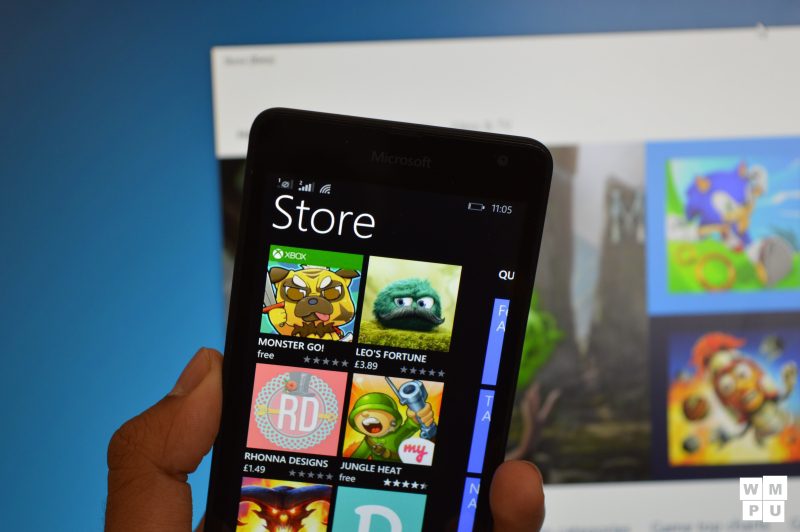
As of today, we are enforcing a more robust approach to 10.1 app certification policy (“Distinct Function & Value; Accurate Representation”) for both new and existing apps to ensure customers can easily find high-value, high-quality apps when shopping in Windows Store. These changes will help customers more rapidly find the apps they are specifically seeking. We will identify apps that are not following the policies, informing developers of issues we locate, and removing apps that don’t comply. This effort will be focused in four areas that I will describe in more detail in this post:
- Eliminating app clutter
- Ensuring apps are appropriately priced
- Distinguishing informational apps
- Ensuring relevant app titles and keywords
That’s all well and good and as people who have written several articles on the quality of the app store, this change is welcomed by us. However, in times like this, while Microsoft always almost removes small time apps which violate their terms, immunity is granted to apps which have a large mainstream following. Sometimes unduly. Readers will have a list of apps which clearly have no reason to still be in the store. To start off this discussion, I’ll focus on three mainstream apps in the Windows Phone store which (to me), fall afoul of Microsoft’s guidelines. 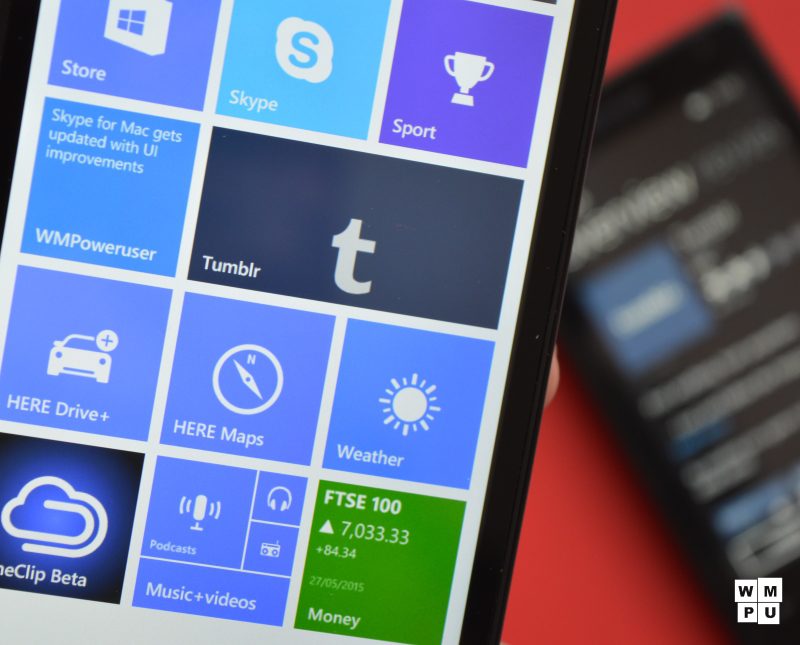
- Your app must not jeopardize or compromise user security, or the security or functionality of the Windows or Windows Phone device(s), system or related systems and must not have the potential to cause harm to users or any other person.
Its clear that use of the Tumblr can impair the ability of a less savvy user (one who may not check storage sense), to make use of their device. When Windows Phones fill up with space, it becomes near impossible for apps to run. Users who have those as their main computing devices (children, people in third world countries) may have no way of understanding what they did wrong as they would not even be able to check the browser. This is in clear violation of the above rule and were this a more careful developer, it would have been fixed. 
- Your app must be fully functional and offer customers unique, creative value or utility.
Instagram Beta falls far from being a fully functional app due to its Beta status. It existed in the store under the understanding that it would be updated till it reached feature parity. Yet here we are, two years later, still Beta.
As it stands now, Instagram’s own Instagram app offers customers nothing that a multitude of third party apps on Windows Phone don’t already offer. It does nothing particularly good on its own, and well exists just as a reminder of Instagram’s symbolic presence on Windows Phone. 
- The screenshots, app name, developer name, tile, category and app description, and any other related metadata you provide with your app, should make it easy for a user to understand the functions, features, and any important limitations of your app.
Ultimately this is just a thought exercise. In reality, there is one law for the famous and one for the not so famous. Were these apps by lesser developers, there is no doubt that Microsoft would not even allow them to pass go. On the flipside, it is quite shameful that large companies do not consider keeping their services at parity or at near parity on all platforms. The fact that the first-party Instagram beta is the worst Instagram app on the Windows platform everywhere speaks volumes in itself. I understand that more leeway is given to large companies as they tend to be more visible, but the term “taking liberty for license” comes to mind here. Sound off in the comments below. If the rules were applied equally which “mainstream” “popular” apps would bite the dust. LinkedIn? Google? Let us know in the comments below.
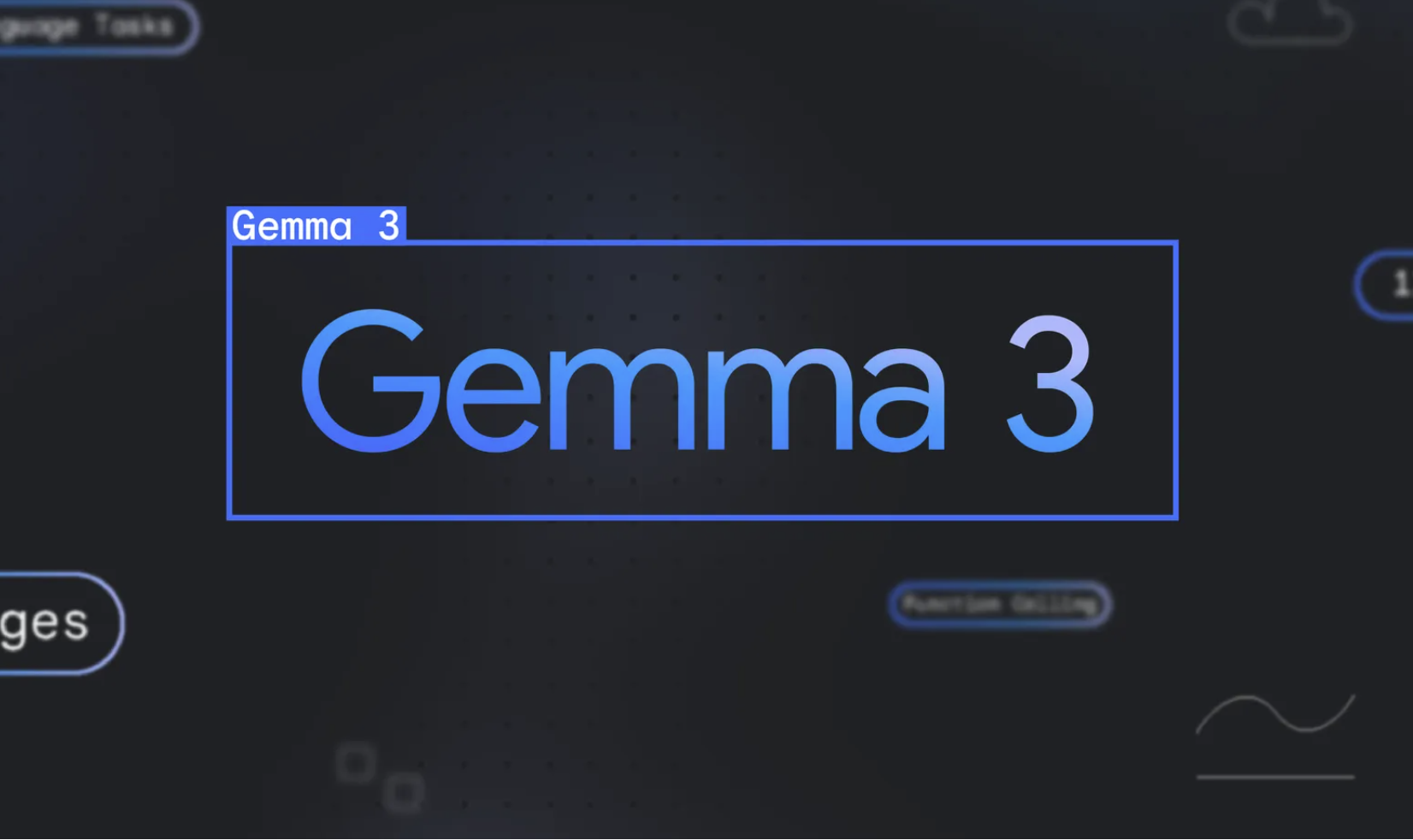



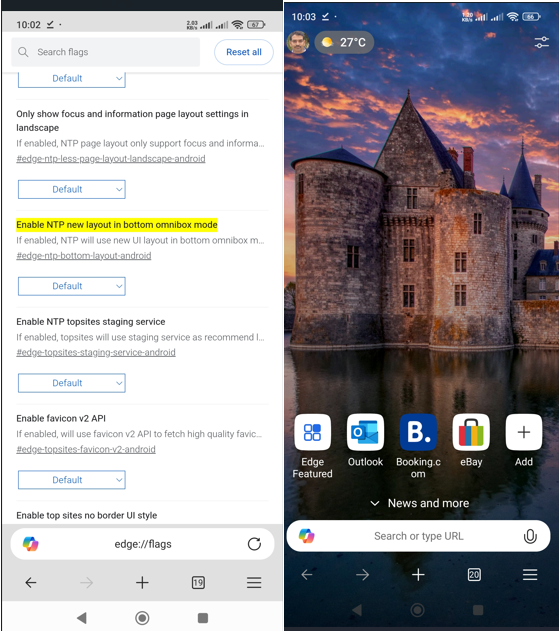


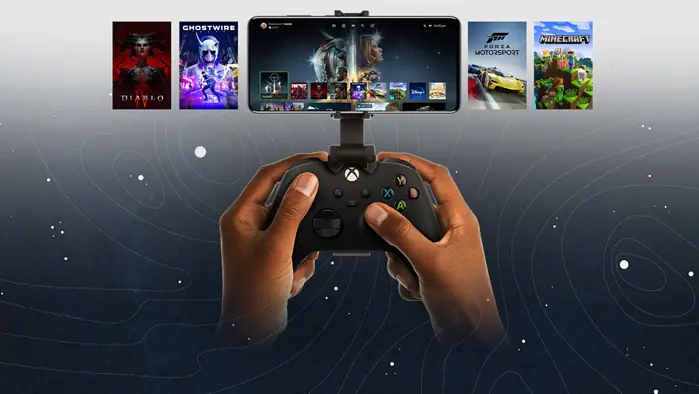
User forum
0 messages